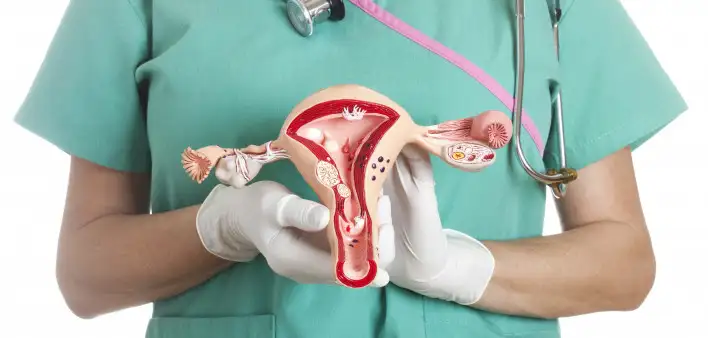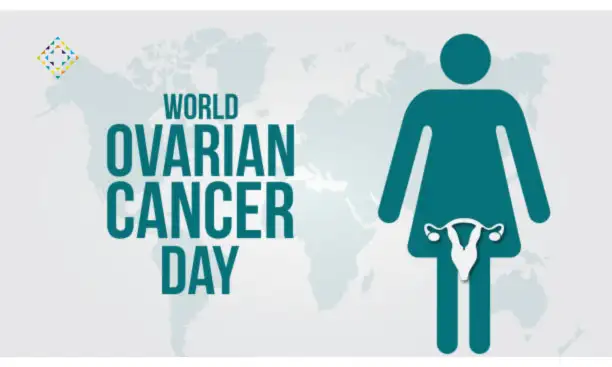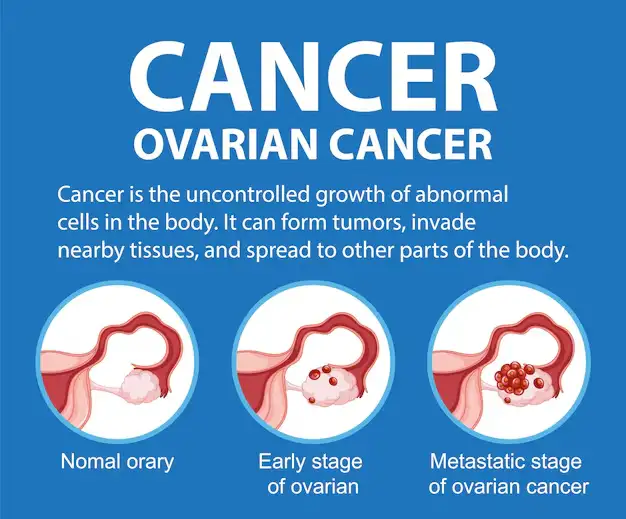World Ovarian Cancer Day 2025: Smoking Could Be Raising Your Risk—Here’s What Experts Recommend to Stay Safe

Each year, May 8 marks World Ovarian Cancer Day, a global initiative aimed at increasing understanding and visibility of a disease that often goes unnoticed until it’s advanced. In 2025, the message is clearer than ever—awareness can save lives. This year, medical professionals are drawing attention to a surprising contributor to ovarian cancer risk: smoking.
Often associated with lung or throat cancer, smoking can also impact the reproductive system. On this awareness day, doctors are urging women to understand the risks and adopt preventive habits to protect their long-term health.
Why Ovarian Cancer Is Often Missed

Ovarian cancer develops in the ovaries—the reproductive glands responsible for producing eggs and certain hormones. What makes this cancer especially challenging is that it typically doesn’t show obvious signs in its early stages. As a result, many women only receive a diagnosis when the disease has progressed.
Common early warning signs may include:
- Persistent bloating
- Discomfort or pain in the lower abdomen or pelvic region
- Needing to urinate more often
- Feeling full quickly while eating
- Unexplained tiredness
These symptoms are subtle and easy to mistake for routine digestive or hormonal issues, making early detection extremely difficult.
Alarming Trends in 2025
In recent years, health data has shown a concerning rise in ovarian cancer cases globally. According to oncologists, lifestyle changes, hormonal shifts, and delayed diagnoses all contribute to this trend.
Dr. Meera Joshi, a cancer specialist from Mumbai, notes, “Ovarian cancer is often termed the ‘silent killer’ because it doesn’t scream for attention. By the time symptoms become obvious, the disease is frequently in a later stage. That’s why regular awareness campaigns are critical.”
Smoking: An Underestimated Threat
While most people associate cigarettes with lung disease, few realize that smoking can also increase the chances of developing ovarian cancer, particularly the mucinous subtype.
Here’s how tobacco harms the ovaries:
- Harmful chemicals in cigarettes can circulate throughout the body, damaging healthy reproductive tissues.
- Long-term smoking affects hormone levels, which may increase cancer risk.
- Toxins in tobacco can trigger mutations in ovarian cells over time.
“Smoking doesn’t just impact your lungs. It has systemic effects, and for women, that includes the reproductive organs,” says Dr. Joshi. “Quitting smoking isn’t just a lung decision—it’s a full-body decision.”
Other Common Risk Factors for Ovarian Cancer
In addition to smoking, there are several other variables that may increase a woman’s likelihood of developing ovarian cancer:
- Genetics: Women with BRCA1 or BRCA2 gene mutations, or those with a family history of ovarian or breast cancer, face higher risk.
- Age: Women over 50, especially those post-menopause, are more likely to be affected.
- Weight: Obesity is linked to hormonal changes that can impact the ovaries.
- Reproductive history: Not having children or having children later in life may slightly elevate risk.
- Hormone therapy: Extended use of hormone replacement therapy can also be a contributing factor.
Understanding these risks can empower women to take charge of their health and consider early screenings if needed.
Prevention Strategies You Can Start Today

While some risk factors are genetic or age-related, many lifestyle changes can reduce the likelihood of developing ovarian cancer.
1. Stop Smoking Immediately
If you smoke, consider this a wake-up call. Quitting significantly lowers your risk of not just ovarian cancer, but multiple other diseases. Support groups, helplines, and nicotine substitutes can help you quit successfully.
2. Monitor Your Body
Pay close attention to symptoms, even mild ones. Persistent bloating, fatigue, or pelvic pressure shouldn’t be ignored. If these occur regularly, talk to your healthcare provider.
3. Routine Health Checks
Though there’s no standard test to screen for ovarian cancer, regular visits to a gynecologist can help spot abnormalities early. Women at higher genetic risk might benefit from specialized scans or blood tests like CA-125.
4. Stay Physically Active
A balanced lifestyle that includes regular exercise and a nutritious diet supports hormone balance and boosts immunity.
5. Understand Your Family History
If cancer runs in your family, discuss genetic counseling and possible testing. Knowing your genetic status can help guide early preventive measures.
6. Discuss Birth Control
Research suggests that using oral contraceptives for several years can reduce the risk of ovarian cancer. However, they come with their own side effects, so always consult a doctor before making such choices.
Fighting Silence With Awareness
One of the biggest challenges in dealing with ovarian cancer is the lack of open conversation. Unlike breast cancer, which has a strong public presence, ovarian cancer often remains in the shadows. Many women feel hesitant to talk about pelvic health or symptoms they may find embarrassing.
That’s where World Ovarian Cancer Day plays a vital role. It provides an opportunity to speak up, educate others, and support those going through diagnosis or treatment.
Organizations and advocacy groups around the world are hosting webinars, free consultation camps, and awareness drives to help spread information. Online platforms are buzzing with survivor stories, prevention tips, and resources for women seeking support.
Final Thoughts
World Ovarian Cancer Day 2025 serves as a crucial reminder: awareness and prevention are our strongest tools. While genetic factors can’t be changed, many lifestyle habits—including quitting smoking—can drastically reduce the odds of developing this disease.
It’s time to prioritize reproductive health, listen to our bodies, and spread the word to other women in our lives. Ovarian cancer may not make headlines every day, but with the right actions, we can change that—one conversation, one check-up, and one healthier choice at a time.






